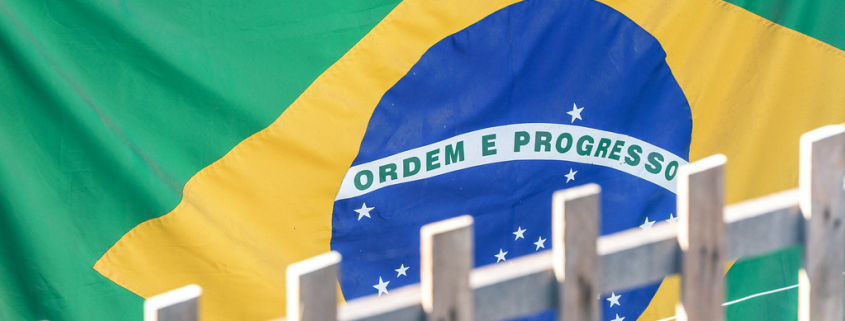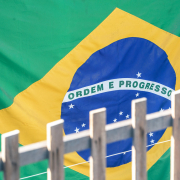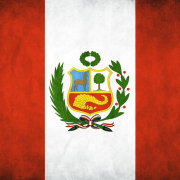Tight corn supplies in Brazil coupled with strong demand both domestically and for exports, are expected to support corn prices in Brazil for probably most of 2020. In addition to the strong demand, the production of the full-season corn and safrinha corn remains uncertain.
Domestic corn prices in Brazil have declined a little in recent weeks due to the virus scare in China, but they are still very attractive and certainly above the cost of production. In many interior locations, corn prices are above R$ 40.00 per sack (approximately $4.50 per bushel).
The domestic demand for corn remains very strong from livestock producers in southern Brazil due to primarily record meat exports to China. Export demand also remains strong due in large part to a weaker Brazilian currency compared to the U.S. dollar. The Brazilian real has recently been trading in the range of 4.27 per U.S. dollar, which is near record weakness. The devalued currency makes Brazilian exports more competitive in the world market.
Adding to the tightness are expected to be disappointing full-season corn yields from the states of Rio Grande do Sul and Santa Catarina. The state of Rio Grande do Sul is one of the major full-season corn producing states in Brazil, but persistent hot and dry weather during critical reproductive periods is expected to reduce the corn yields in the state by potentially as much as 30%. The full-season corn in the state of Santa Catarina was also impacted by dry weather and statewide corn yields in the state are expected to be down 7-8% from initial expectations.
The full-season corn crop in Brazil only accounts for about a quarter of Brazil’s total corn production with the safrinha corn accounting for three quarters of the production, so the safrinha corn production will take on added importance given the tight supplies.
In central Brazil, farmers have started to plant their safrinha corn and they should get the majority of the corn planted before the ideal planting window closes about the third week of February. In the more southern locations such as the states of Parana and Mato Grosso do Sul, the soybean harvest has been delayed and as a result, a significant portion of the safrinha corn will be planted very late.
Corn prices are very attractive in Brazil, which should encourage farmers to take a risk and plant their safrinha corn later than they normally would, but the yield potential of late-planted safrinha corn is very uncertain. If the corn is planted too late in central Brazil, the summer rains can end before the corn reaches its critical reproductive phase. If the corn is planted too late in the more southern locations, it can be negatively impacted by freezing temperatures before it matures. Safrinha corn is always a risky proposition in Brazil, especially if it is planted later than normal.
Source: Agropages
Image source: “Brasil” by ruifo is marked with CC BY-NC-SA 2.0.



